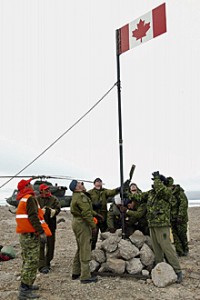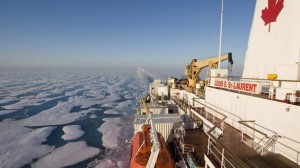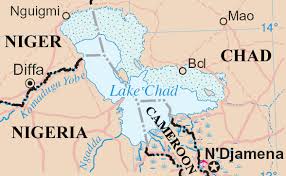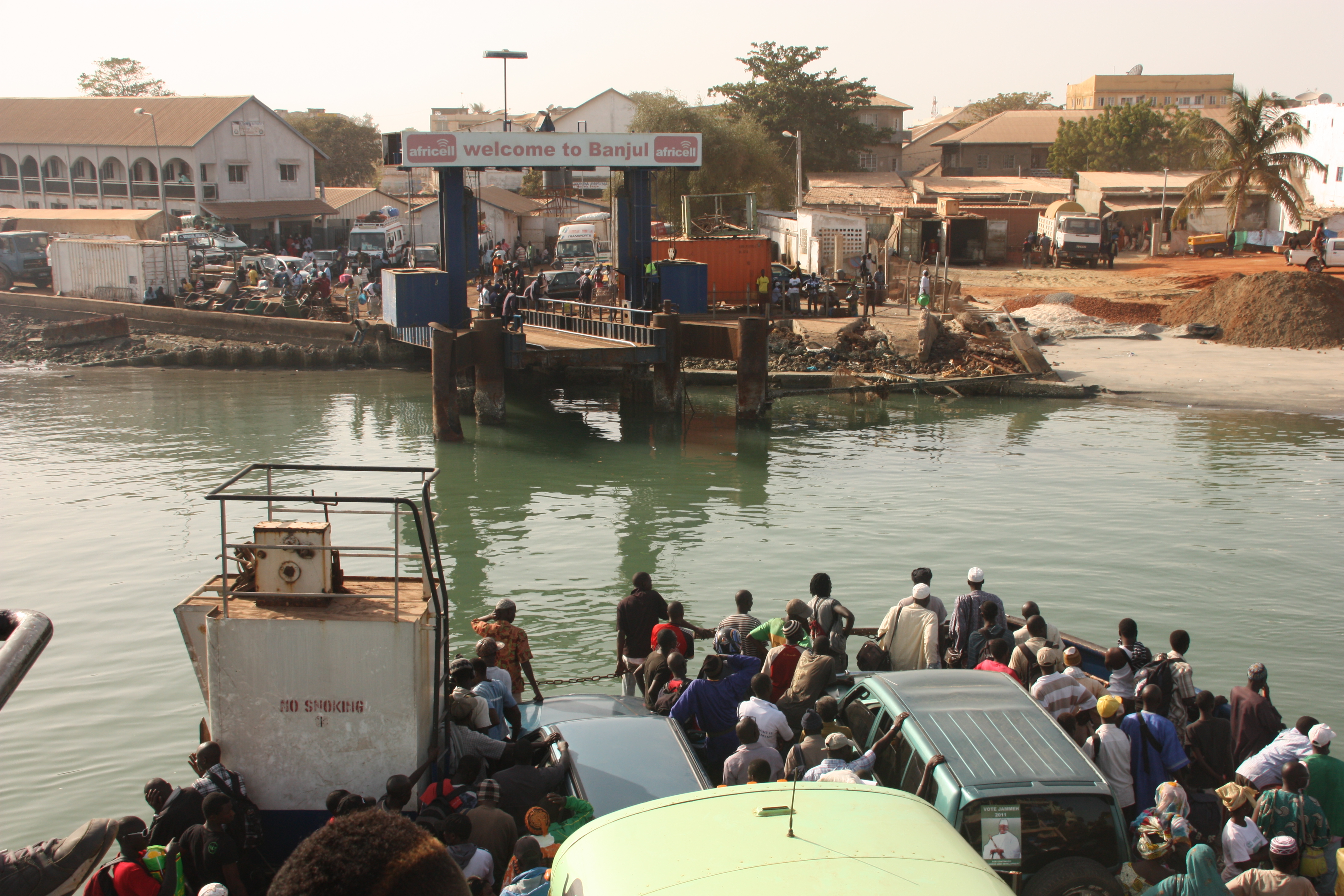 As Sweden cedes its two-year leadership of the Arctic Council this year, it will be Canada’s turn to lead the Arctic nations, starting in May. Already, speculation is growing about what priorities Canada will be setting under its tenure, with the foci drifting between the environment, drilling, shipping and mineral resource development. In the next two years, Canada should focus on sustainable resource development, as the Arctic offers both a source of economic growth as well as social mobility.
As Sweden cedes its two-year leadership of the Arctic Council this year, it will be Canada’s turn to lead the Arctic nations, starting in May. Already, speculation is growing about what priorities Canada will be setting under its tenure, with the foci drifting between the environment, drilling, shipping and mineral resource development. In the next two years, Canada should focus on sustainable resource development, as the Arctic offers both a source of economic growth as well as social mobility.
The Arctic Council itself is not an intergovernmental institution, but rather an advisory body with permanent members and observers, and it is governed on a rotating basis through the leadership of permanent members every two years. Its main components are working groups devoted to several general policy areas: search and rescue, sustainable development, environmental protection and social issues. There are six working groups in total focusing on these areas. The Arctic Council is delimited from strategic security, military and economic policies, however, and these remain exclusive state competencies.
For Canada, looking at the Arctic is a strategic choice to create a strong primary industry basis for the national economy. In order to do it right, Ottawa needs to incorporate stringent environmental standards in the development of the territories, because the sensitive flora and fauna coupled with a short growing season, which results in very long recovery times in the event of an environmental disaster.
Being at the helm of the Council for Canada means not only meeting its national priorities, but also using them to show effective leadership on the entire multidimensional scale of development, from resource development to terrestrial and maritime environmental protection, to ensuring that northern communities participate fully in the development initiatives.
Sustainable development begins with shipping, because container ships would be the cheapest way of transporting goods to the High Arctic, and this requires adequate port facilities. Ice floes and extreme temperatures present unique challenges in the Arctic environment and are a high risk for any maritime operation in the region and these must be planned for extensively, because a grounding, oil spill or a sinking can have immense repercussions for local ecosystems in the long-term perspective.
In the framework of the Arctic Council, shipping standards are an object of contention related to sovereignty, with the issue being whether to adopt respective national standards or agree to a shipping standards valid across all littoral states. Talking about the environmental sustainability in the shipping industry should be a central theme guiding questions within the Arctic Council. Canada should place priority on the topic. It is imperative, precisely because the melting ice makes the Northwest Passage a very attractive cost-effective alternative option for East-West trade routes that currently have to go through the Panama Canal. A warming climate and retreating ice are going to make the issue more pertinent and Ottawa would do well to introduce shipping standards, contingent on intergovernmental sovereignty negotiations, within the working groups of the Arctic Council.
Resource development refers to the extraction of oil, gas and minerals in the Arctic and they can be extracted either on land or from under the sea. The United Nations Convention on the Law of the Seas (UNCLOS) makes minimum provisions for adhering to environmental integrity in the development of sea-based resources, but specific standards and benchmarks are left to the states. In this respect, the Arctic Council plays a very important role in compiling the research and policy recommendations on what kind of environmental standards are necessary for particular kinds of activities. As Canada will invest significant resources into developing the North, it should become the second priority during Ottawa’s leadership tenure to discuss the best practices of sustainable primary resource exploitation in the Arctic.
The third and final priority for Canada to raise is the status of communities in the North. It is known that many of them suffer from social issues related to alcoholism, unemployment, drug abuse, as well as mental health, community safety and access to adequate services. The high operating costs in the Arctic are also a hindrance to the effective management of these problems. In his regard, then, it is imperative that resource development be tied to the social progress of northern communities. It is important to note that these problems are not unique to the Canadian Arctic, as they can be found in the rest of the littoral countries. Empowering indigenous people through publicly-funded education programs and incentives for corporate social responsibility will largely remove the existing social problems.
The current model for encouraging development is granting lease contracts on federal lands to companies to perform mineral, oil and gas exploration, and in the event of a successful find, the lease on the land can be as many years as it is deemed the mineral, oil or gas deposit will be useful. Considering that much of the Canadian Arctic remains unexplored, the potential for long-term exploitation of its resources is certain. While private companies do lead development projects in the Arctic, however, this must be done with sight for the sustainability of local communities, through profit-sharing or tax arrangements or company investment for the public good (e.g. an education program for youth). Conversely, incentivizing the company to invest in a region can begin with federal assistance on meeting environmental standards, financing personnel training costs or giving the company a tax break for longer-term exploitation. Overall, a combination of these would provide a good model for managing economic development with sustainability, and Canadian practices could very well serve as a model for discussion within the Arctic Council on how to improve the status of northern communities in this way.
On a final note, the melting of the ice will invariably attract the attention of extra-regional actors (e.g. China, Japan, the European Union), in participating more actively in the politics of the Arctic. For this reason, it is not too early for Canada to also begin discussions on the intergovernmental level, and within the Arctic Council, about the possibility of reforming the Council, either by expanding the number of observers or permanent members, or developing new participation formats to reflect potential participation by additional actors. The rationale for these changes could be economic, because Chinese participation, for example, would bring with it significant investment opportunities and that is important for the cash-strapped economies of the West for future growth.
Overall, we can say that Canada is going to have important goals to achieve in the next two years as the leader of the Arctic Council. The sooner we begin to plan for it, the better for all involved.





